Closing | The Beauty of the Orient: One Place, One " Yaki"
日期:04-08-2024The collection of tea utensils in the " Pure Elegance of Eastern Aesthetics " exhibition hall is placed in the first unit of "Tea Zen", which makes it difficult for the audience to take their eyes off the exhibition hall at the first time they enter it.
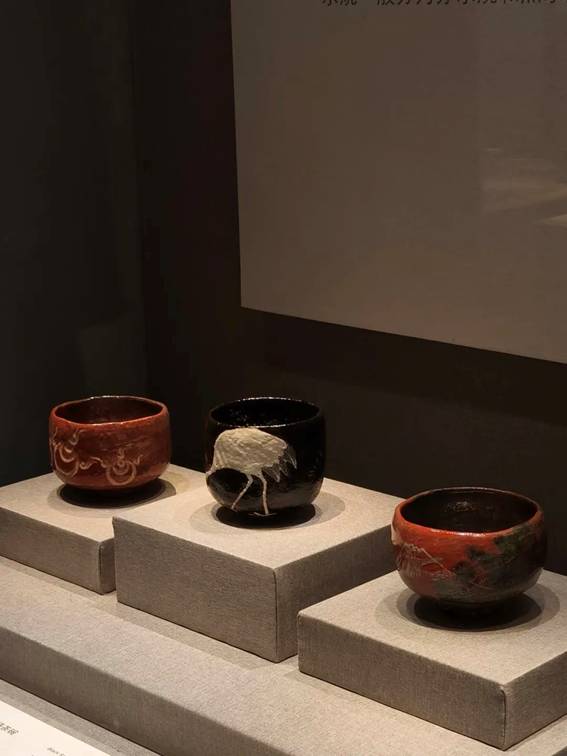
Japan is very particular about tea ceremony utensils, and there are many different kinds of tea ceremony utensils. Tea people and tea utensils, not just "people" and "things", Chirikyu believes that "people" is actually in an equal position with "things", in the use of "things" both to focus on the form of "things", but also to focus on the form of "things".
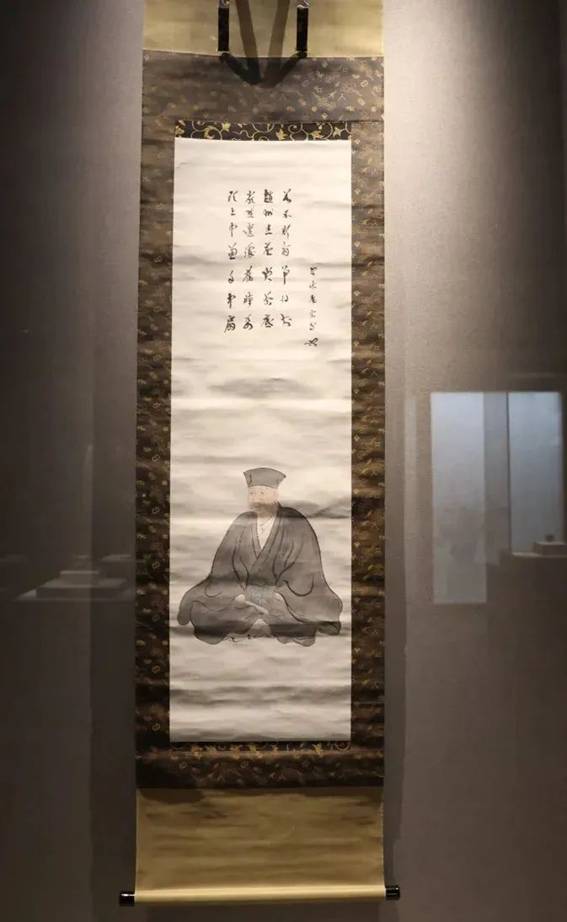
Portrait of Sen no Rikyū with Calligraphy
Ink on paper, first half of the 20th century
Japan's 47 prefectures, each producing different ceramics, because they are all taken from the local clay or porcelain fired, so most of the "origin + burnt" to name a combination of names such as "Oribe Ware","Seto Ware","Mino Ware", etc. The difference can be seen.
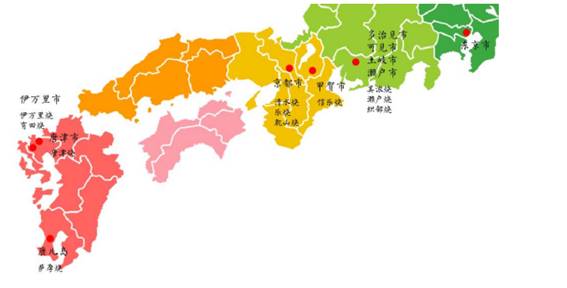
Distribution map of major ceramic kilns in Japan (Part)
1.Karatsu - Classic beauty of simplicity and simplicity
The Karatsu is one of the earliest kilns in the history of Japanese ceramics, with its heyday in the Edo period, and was so popular with tea ceremony people. Karatsu produced a large number of utensils for daily use, which were characterised by their simplicity, and their cool aesthetics, with layers of straw grey glaze.

Karatsu Ware Tea Bowl
2. Kyoyaki - fine works of art by skilled craftsmen
During the Edo period, Kyoto, as the old capital, remained one of the centres of economy and culture, and gathered a large number of excellent potters. Since there was no good clay in Kyoto, high-quality clay was selected from all over the world for creation, and the various kinds of porcelains produced in this area were called Kyoyaki.
Kiyomizu Ware is one of these types, named after the Kiyomizu Temple gate where it was produced.
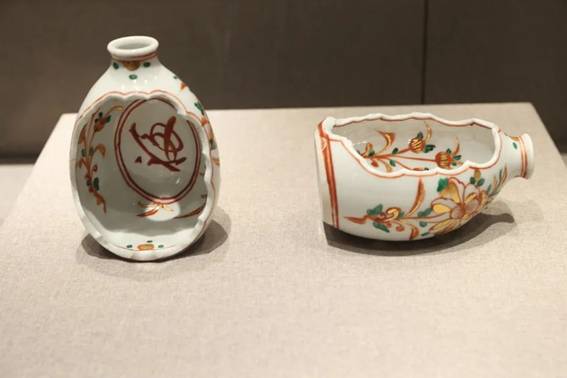
Kyoto Ware in Shape of Broken Sake Bottle
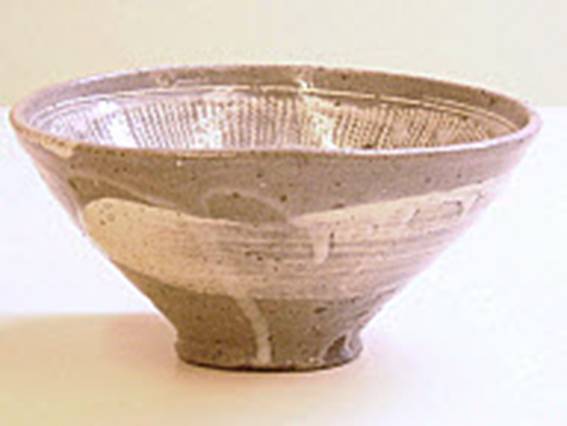
Kiyomizu Ware Tea Bowl
3. Mino Ware - a town of rich clay and fertile soil
Mino Ware comes from Gifu Prefecture, Japan, and is divided into Kawaseido, Seto Kuro, Shino, and Oribe. During the Heian period, Mino benefited from the geographical environment that produced clay. During the Muromachi period, due to the war and the pursuit of high quality clay, potters from Seto, the neighbouring region, came to Mino and it became a major pottery town.
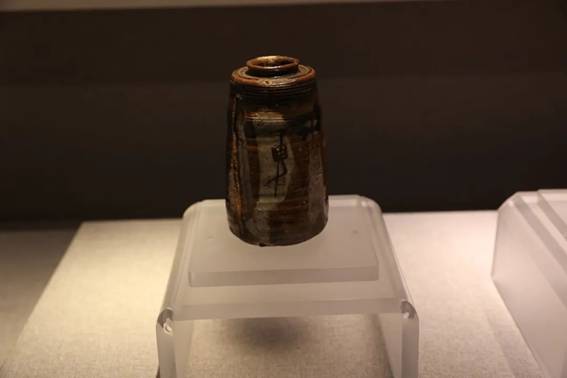
Mino Oribe Ware Tea Canister
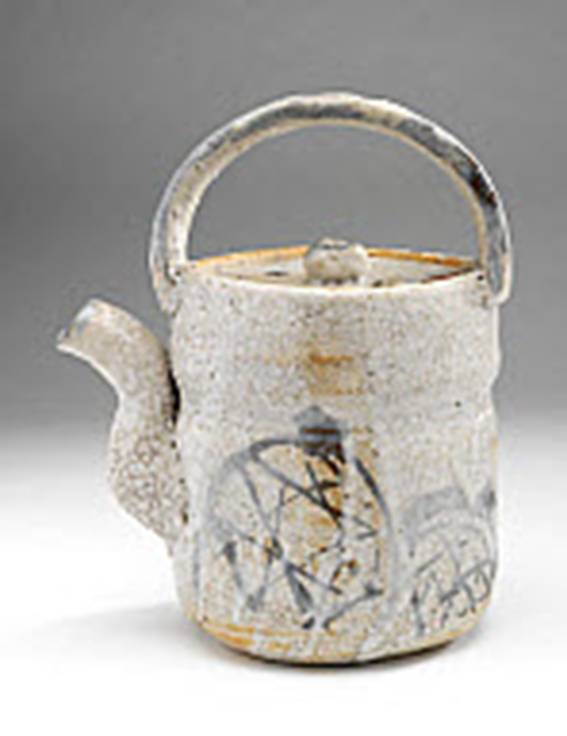
Ewer of Shino Ware
4.Seto Ware -Long history and learning from China
Seto Ware comes from Aichi Prefecture and has a history of more than 1,000 years. In the Kamakura period, Seto made glazed ritual vessels and tea wares modelled on Chinese pottery. During the Warring States period, the potters moved to Mino and Seto declined temporarily. During the Edo period, Seto pottery was protected by the Tokugawa family in Owari and returned to its original glory days.
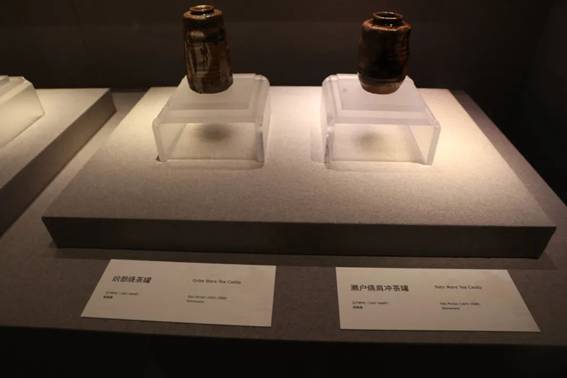
Seto Ware Tea Pot
5. Satsuma Ware - a reputation for artistic excellence
Satsuma Ware is a collective name for the porcelain made in Satsuma and Osumi during the Edo period, and is located in Kagoshima, Kyushu, Japan. There are two main types of Satsuma Ware: black and white. White Satsuma is a porcelain with a creamy white background, using red, blue, green and gold to outline delicate designs of animals and plants, which is highly artistic, and is used by the Satsuma feudal lords as imperial porcelain. White Satsuma was the porcelain used by the Satsuma feudal lords, while black Satsuma was the porcelain fired for the common people.
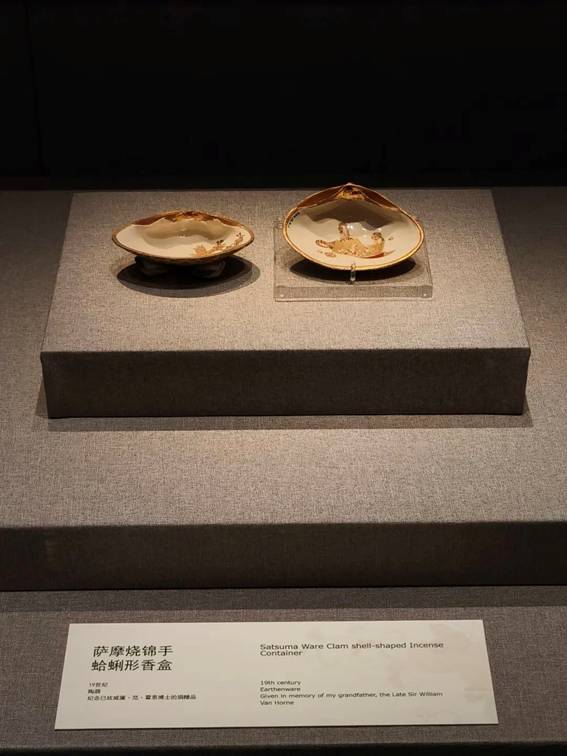
Satsuma Ware Kamote Clam shell-shaped incense Container
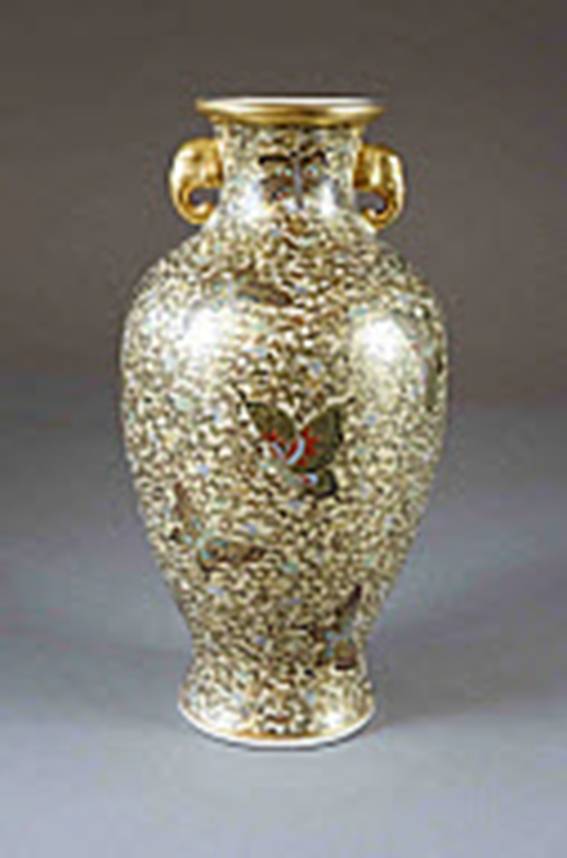
Satsuma Ware Vase
6.Rakuyaki - Natural beauty with a local flavour
Rakuyaki was commissioned by the tea saint Chirikyu, and was produced by Choshiro. It is a way of making pottery that is kiln-fired at a low temperature after being moulded by hand. Chirikyu drew on the earthenware bowls used by the common people of Korea for their meals, resulting in a natural and simple tea vessel with a rustic style, in keeping with his pursuit of a natural and simple style of Kusan tea. Rakuyaki is generally divided into Akirakuyaki and Kurokuyaki.
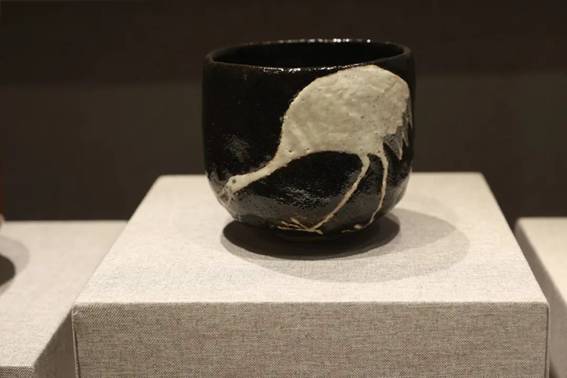
Black Raku Tea Bowl with Crane and Turtle
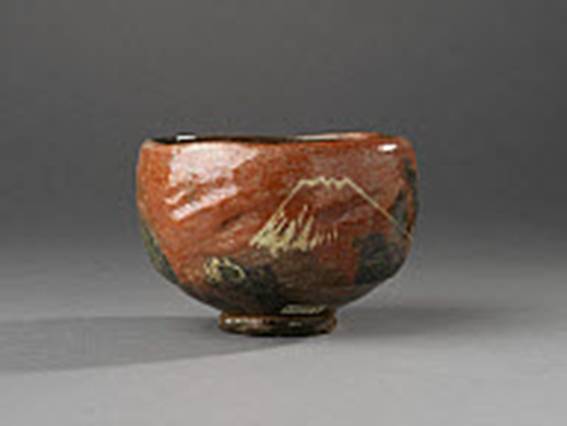
Red Raku Tea Bowl with Design of Mt. Fuji
6.Others - Unique and special features bloom together
In addition to the above representative types, there are also other unique and beautiful types of fired vessels, presenting a feast of beauty in all its splendour.
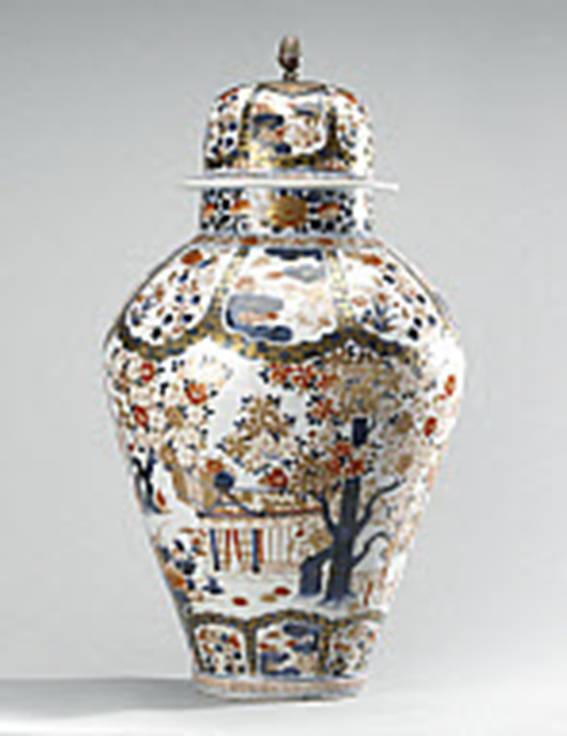
Hizen ware Ko-Imari style Jar with Lid
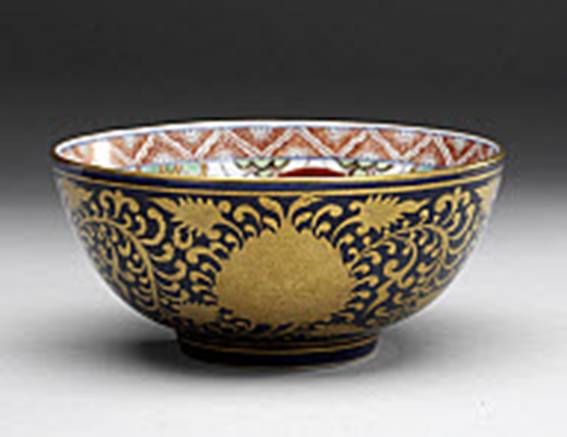
Bowl of Kinran-de type
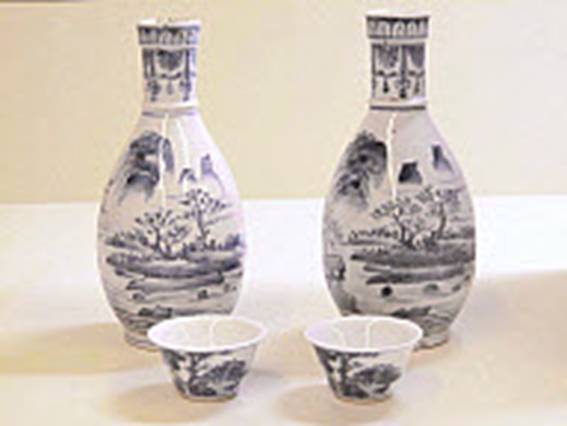
Pair of sake cup

Swatow ware bowl with Japanese Lacquered cover
"The characteristics of different regions, different craftsmen's styles "yaki" out of the "beauty" of different sorts. This extreme examination not only let the tea tasters at that time "taste in the tea, the realm in the heart", but also let the other time as an appreciator of our "view of its exquisite, taste its realm".
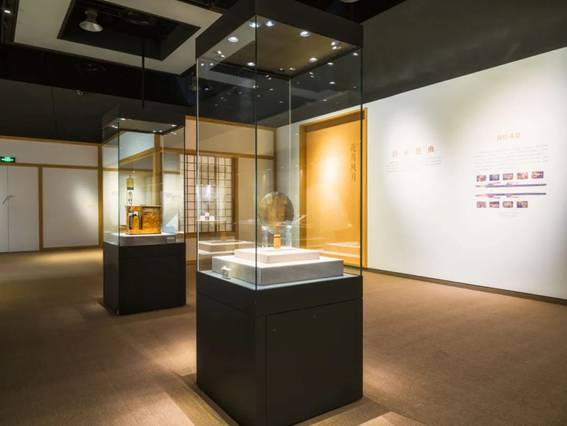
The"Pure Elegance of Eastern Aesthetics ――The World Expo Museum gratefully acknowledges ROM's generous contribution to the exhibition "closed on 7 April.